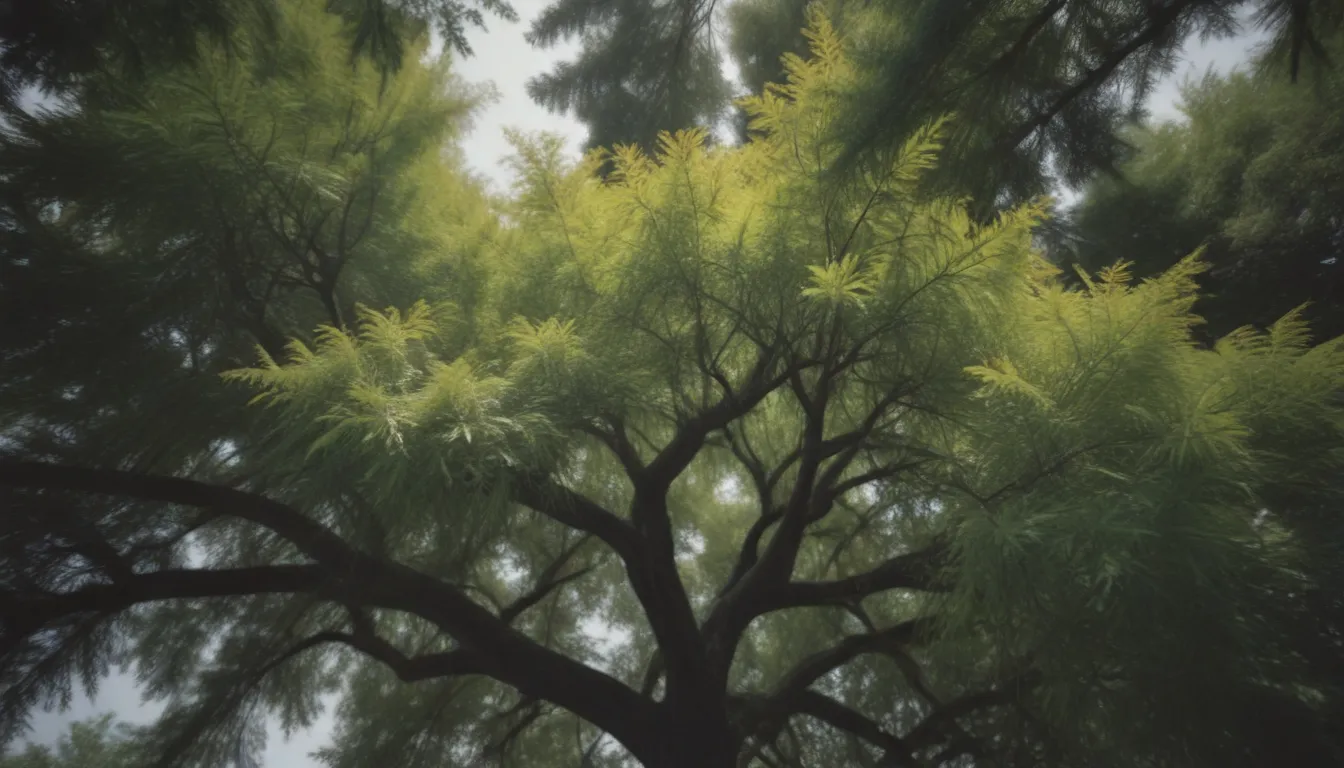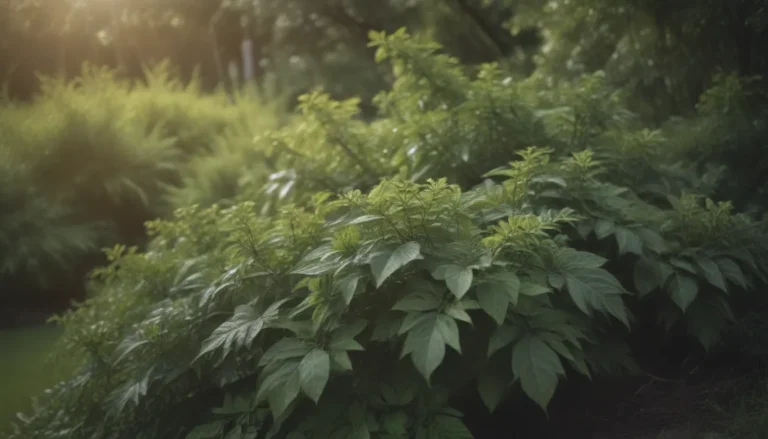Identifying and Removing Tree of Heaven: A Complete Guide

Are you dealing with the pesky Tree of Heaven in your backyard or garden? This invasive species is not only a rapid grower but also a nuisance that can harm native plants and cause allergies. In this comprehensive guide, we will delve into everything you need to know about identifying and removing Tree of Heaven effectively.
What is Tree of Heaven?
The Tree of Heaven, scientifically known as Ailanthus altissima, is a highly invasive species that can be found in over 30 states across the US. Originally introduced as an ornamental tree, it has now spread uncontrollably, displacing native vegetation and forming dense monocultures. Its ability to grow in poor soil conditions and release allelopathic chemicals makes it particularly harmful to the environment.
Why Remove Tree of Heaven?
There are several reasons why removing Tree of Heaven from your property is essential:
- It displaces native plant species
- It can cause allergies due to pollen production
- Its leaves, branches, seeds, and bark can irritate the skin
- It serves as a host for destructive pests like the spotted lanternfly
Identifying Tree of Heaven
Recognizing Tree of Heaven is crucial to effectively removing it from your property. Here are some key characteristics to look out for:
- Rough and fissured bark resembling the skin of a cantaloupe
- Large leaves with 10 to 40 lance-shaped leaflets with smooth edges
- Two bump-like glands on the underside of each leaflet
- Strong odor resembling burnt peanut butter, wet gym socks, or cat urine
In addition to these visual cues, Tree of Heaven produces panicle-shaped flowers in late spring or early summer, with a noxious, skunk-like smell. These flowers develop into winged seed pods known as samaras.
How to Remove Tree of Heaven
Removing Tree of Heaven requires a systematic approach to prevent regrowth. Here are the steps to effectively eliminate this invasive species:
-
Manual Removal: Small seedlings can be pulled from the ground manually, ensuring all roots are removed. This is best done after a rain when the soil is wet.
-
Cutting Down the Tree: For mature trees, cut them down as close to the ground as possible. Apply a systemic herbicide such as glyphosate immediately after cutting to prevent resprouting.
-
Monitoring and Treatment: Keep an eye on the stump for any new sprouts, suckers, or seedlings. Apply the herbicide consistently to prevent regrowth.
It may take several months for the Tree of Heaven to show signs of decline, so patience and persistence are key in the removal process.
Identifying Similar Trees
To avoid confusion, it’s important to distinguish Tree of Heaven from other similar trees like Sumac and Black Walnut:
-
Sumac: Sumac leaves have serrated edges or teeth, unlike the smooth leaflets of the Tree of Heaven.
-
Black Walnut: Black walnut leaves are finely serrated, and the tree produces nuts in green husks that blacken after dropping off.
Conclusion
In conclusion, tackling the invasive Tree of Heaven requires diligence and perseverance. By following the steps outlined in this guide, you can effectively identify and remove this troublesome plant from your surroundings. Remember, the key to success lies in early detection and consistent treatment. Don’t let the Tree of Heaven take over your property – take action today!
Remember, prevention is always better than the cure when it comes to managing invasive species. Stay informed and vigilant to protect your local ecosystem from the harmful effects of Tree of Heaven. With the right knowledge and techniques, you can make a positive impact on your environment and keep it free from invasive species.





